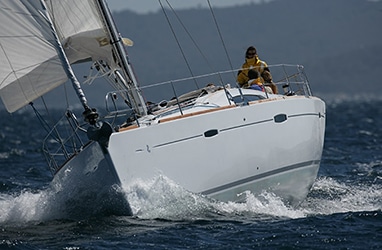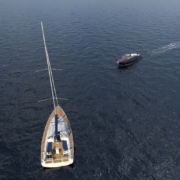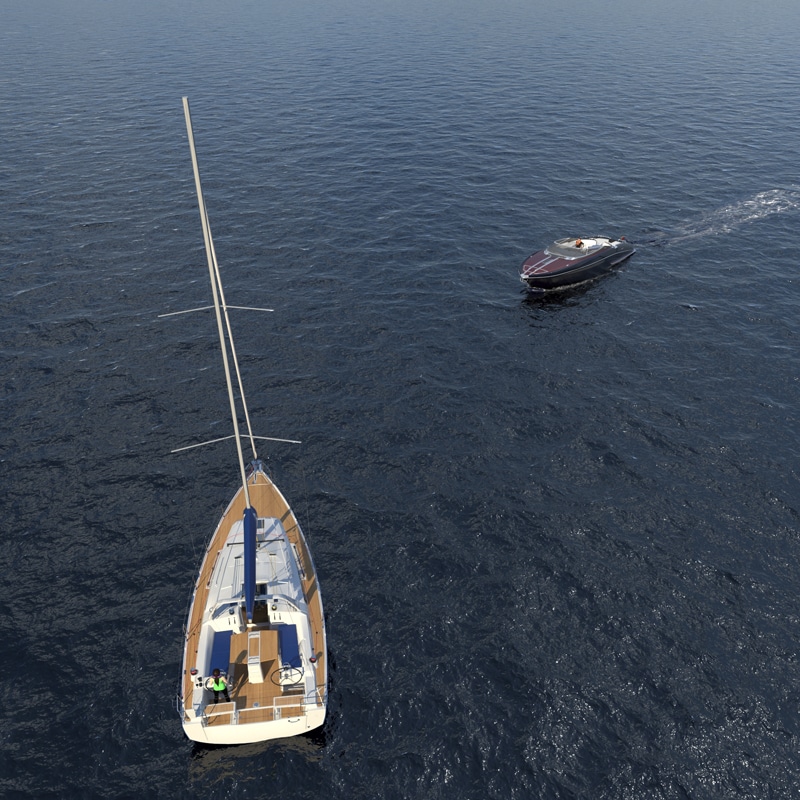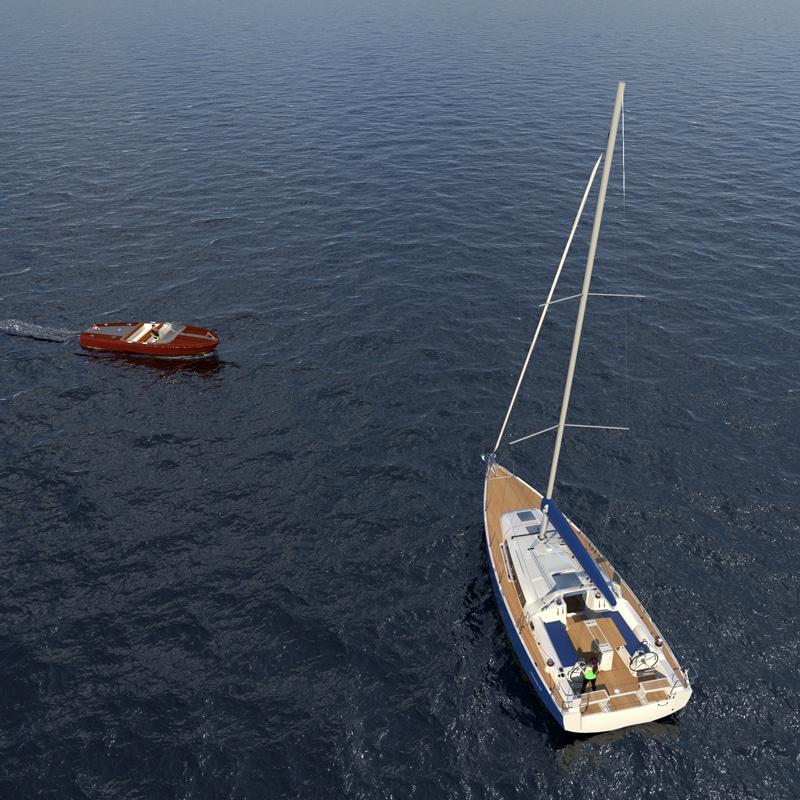Sailboats Under Power
A Sailboat Under Engine Power is a Power-Driven Vessel
Rule 3(c)
The term “sailing vessel” means any vessel under sail provided that propelling machinery, if fitted, is not being used.
Rule 15
When two power-driven vessels are crossing so as to involve risk of collision, the vessel which has the other on her own starboard side shall keep out of the way and shall, if the circumstances of the case admit, avoid crossing ahead of the other vessel.
Discussion
A Sailboat Under Engine Power is a Power-Driven Vessel. Also, note “being used” – your lawyer might argue that “being used” means that the engine was being used to propel. The other side’s lawyer would argue that “being used” was “on”. I doubt if you want to get into the expense of that argument.
Assume that if you are a sailboat and your engine is on you are a powerboat. It means you can’t be smarty pants and slip your gear into neutral before a collision and argue that your engine was not being used. Nor can you switch off your engine and argue that your engine was not being used. Even your insurance company would look at you strangely and would pay up – they don’t want the expense of that battle either. So what about this, you’re under sail with engines off and in an imminent collision situation with a powerboat. If you turn your engines on you could avoid the collision. What do you do? The answer lies in “What would a good seaman do to avoid collision?”
So here is a collision situation. Determine which boat gives way before the answer shows. You only have a few seconds.
And here are some static examples.
Above: The sailboat must Give Way to the powerboat because (1) The sailboat is now a powerboat and (2) the powerboat is on the starboard side of the sailboat.
Above: The sailboat is the Stand-On vessel because both vessels are considered powerboats and the powerboat is on the port side of the sailboat.
How to always remember this
Remember this by imagining what color light would you see on the other boat. If you see red, like in a traffic light you must give-way. Using the mnemonic “Is there any red port left”, the red light is on the port side of the boat. During the day, you can’t see the colored light, but by repeating the mnemonic, you can imagine the real light color. Now, watch the video above again and take notice of the overlaid imaginary red light.








